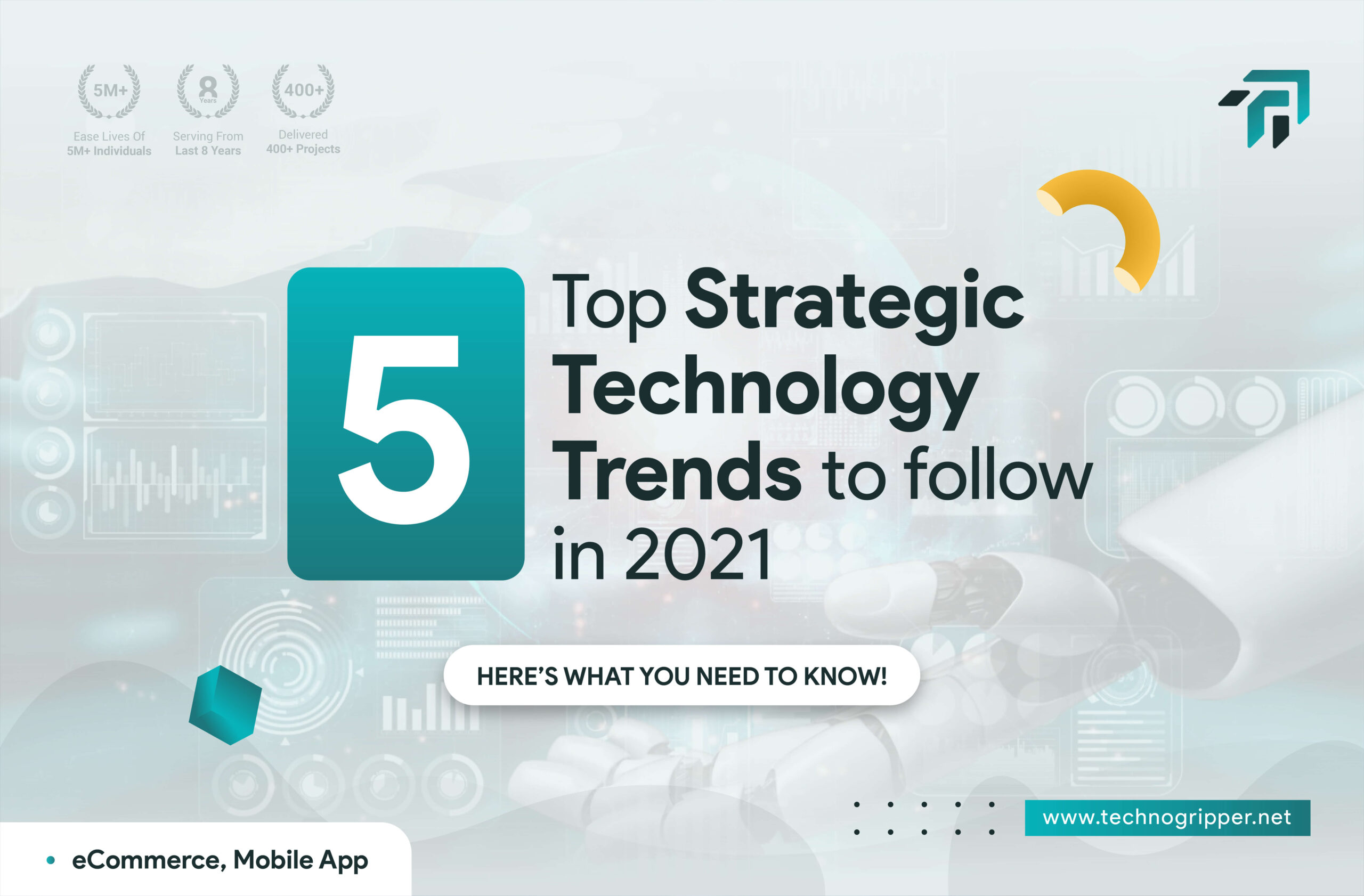If there is one thing that 2020 taught us, forecasting which strategic technology trends would define the next year remains a challenge. Very few would have believed me if it had written that by mid-2020, the majority of organizations would work from home. Nevertheless, there is a massive increase in electronic employees due to the pandemic. Lastly, with the Web of Things ongoing to grow, the particular edge computing market will develop to $9 billion by 2024.
First of all, 5G did indeed go mainstream, with most smartphone producers now having released a 5G phone. According to a recent Huawei conference, there are already 130 million 5G users. Many organizations experiment with private 5G networks, and Verizon even launched a ‘Private 5G Networking-as-a-Service’ solution. Secondly, a few months ago, we saw the launch of the mainnet of Polkadot, and Cosmos has continued to grow. Many foresee Polkadot, which allows for tailor-made blockchains to connect, as a severe competitor to Ethereum, even with Ethereum 2. 0 now launched.
In 2020, we also noticed increased attention for tokenomics and crypto startups, with the Security and Exchange Commission (SEC) recently changing their rules to make it easier for crypto companies to raise funds.
The five top strategic technology trends to follow in 2021 are:
Internet of Behaviors
It is emerging because many strategic technology trends catch and use the “digital dust” of peoples’ daily lives. The particular IoB combines current technologies that concentrate on the individual straight – facial acknowledgment, location tracking plus big data such as – and links the resulting information to associated behavior events, such because cash purchases or even device usage.
Businesses make use of this data to influence human conduct. For instance, to keep track of compliance with wellness protocols throughout the continuing pandemic, organizations may leverage IoB through computer vision to see whether workers are wearing masks or thermal imaging to identify those with a fever.
Gartner predicts that by year-end 2025, over half associated with the world’s human population will be susceptible to at least a single IoB program, whether or not it be industrial or governmental. While the IoB is usually technically possible, right now, there will be substantial ethical and social debates about the several approaches employed to affect behavior.
Related Blog – Why developing a mobile app for your business is important now-a-days?
Distributed cloud
Distributed will be the distribution associated with public cloud providers to physical places, as the operation, governance, and evolution associated with the services stay the public cloud service provider’s responsibility. It provides an elegant environment regarding organizational scenarios and low-latency, data cost-reduction needs, and information residency requirements. This also addresses customers’ need to have cloud computing resources closer to the physical location where data and business activities happen.
By 2025, most cloud service platforms will provide at least some distributed cloud services that execute at the point of need. “Distributed cloud can replace private cloud and provides edge cloud and other new use cases for cloud computing. It represents the future of cloud computing,” said Mr. Burke.
Privacy-Enhancing Computation
CIOs in every region faces more privacy and noncompliance risks than ever before as global data protection legislation matures. Unlike standard data-at-rest security controls, privacy-enhancing computation protects data being used while sustaining secrecy or personal privacy.
Gartner believes that by 2025, half of the large organizations will implement privacy-enhancing computation for processing data in untrusted environments and multiparty data analytics use cases. Organizations should start identifying applicants for the privacy-enhancing calculation by assessing data processing activities that require transfers of personal data, data monetization, fraud analytics, and other use cases for sensitive data.
AI Engineering
Gartner’s research shows that only 53% of projects make it from artificial intelligence (AI) prototypes to production. CIOs and IT leaders find it hard to scale AI projects because they lack the tools to create and manage a production-grade AI pipeline. The road to AI production means turning to AI engineering, a discipline focused on the governance and life cycle management of various operationalized AI plus decision models, this kind of as machine understanding or knowledge charts.
AI engineering appears on three primary pillars — DataOps, ModelOps, and DevOps. A robust AI engineering strategy may facilitate the efficiency, scalability, interpretability, plus reliability of AI models while providing the full worth of AI purchases.
Cybersecurity mesh
The particular cybersecurity mesh permits anyone to access any digital resource securely, no issue where the help or person is usually located. It decouples policy enforcement through policy decision producing with a cloud shipping model and enables identity to turn out to be the security edge. By 2025, the particular cybersecurity mesh may support over half of digital access control requests.
“We’ve exceeded a tipping point — most organizational cyber assets are right now outside the traditional physical and logical security perimeters. Because anywhere procedures continue to evolve, the cybersecurity mesh will become probably the most practical strategy to ensure safe access to, and use of, cloud-located applications and distributed data from uncontrolled devices.”




